


More than 1,000 volunteers completed an online questionnaire designed by Brazilian researchers. The results show that more women are cooking, sitting down to eat, snacking between meals, and ordering takeaway meals, while dieting and supermarket shopping have declined.

Researchers at a center for neuromathematics say dreams reflect the fear and anxiety fueled by the disease.

Technology based on nanoparticles identifies IgG antibodies and costs only about a fifth of similar devices now on the market. It was developed by scientists at the University of São Paulo and Brazilian startup Biolinker.

Brazilian researchers applied an examination protocol based on an analysis of 12 lung regions to 180 severe patients and found that the higher the lung ultrasound score the greater the risk of ICU admission, intubation and death.
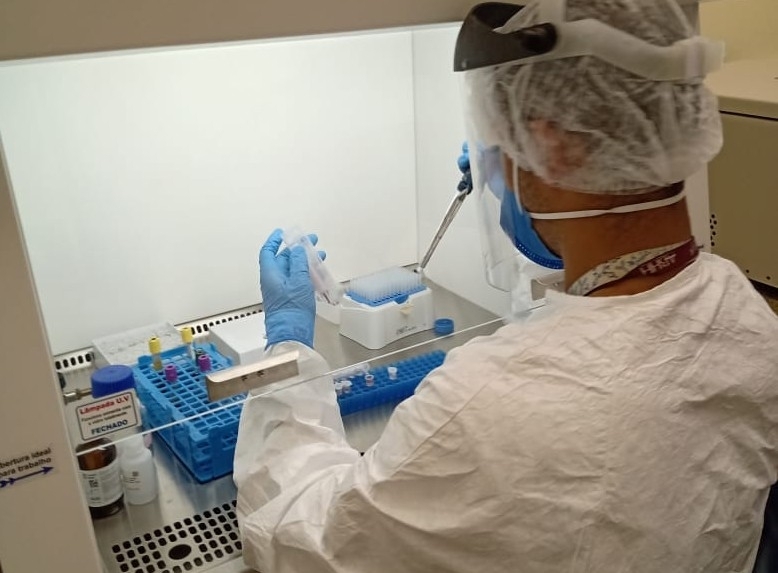
A study by researchers at the University of São Paulo showed that the blood serum of severe patients contained high levels of the neurotransmitter acetylcholine and lipid mediators derived from arachidonic acid. The discovery may help improve the prognosis of such patients and the treatment available to them.

Researchers who studied riverine insect communities in the Atlantic Rainforest and Finland’s boreal forests discovered that random events are more frequent in Brazil.

According to a study published in Frontiers in Immunology, the reason is their genetic heterogeneity and lack of proportional representation in the Brazilian bone marrow bank.

Based on a reaction between yeast and the novel coronavirus, the test will rapidly detect the presence of SARS-CoV-2 in saliva and will be available by mid-2021.

Researchers at York University in Canada and the University of Campinas in Brazil used mathematical modeling to estimate the short-term impact of vaccination. Abandoning non-pharmaceutical interventions too soon could cancel out the benefit, they warn.
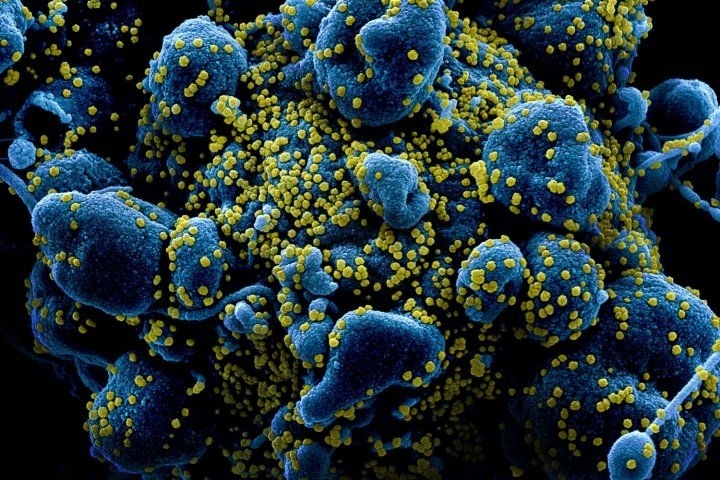
The hormone acts as a barrier against SARS-CoV-2, blocking the expression of genes that encode proteins in cells serving as viral entry points, according to a study by researchers at the University of São Paulo.

The phenomenon may be associated with a deficiency of the protein mitofusin-2 in the mother’s eggs, which affects the shape and functioning of mitochondria. The finding was based on experiments with mice conducted at the Federal University of São Carlos and reported in the journal Molecular Human Reproduction.

In an article published in Nature Communications, Brazilian researchers show for the first time that in severe cases of scorpion envenomation it is the neuroimmune reaction triggered by the venom that leads to death.

Pro-Vaccine Union, an initiative of the University of São Paulo in partnership with other organizations including Research, Innovation and Dissemination Centers funded by FAPESP, is monitoring anti-vaccine groups on Facebook in an effort to understand the workings of the social media ecosystem that spreads disinformation.
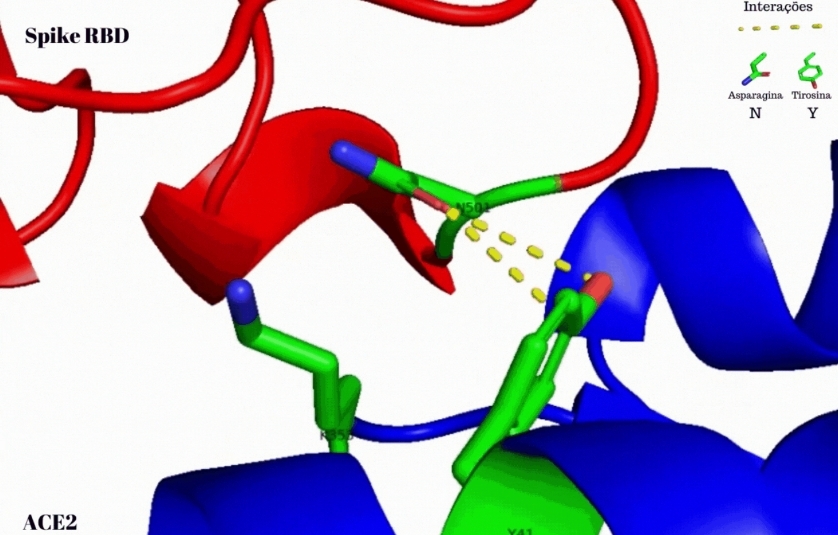
Researchers at the University of São Paulo found that the SARS-CoV-2 variant’s spike protein interacted more strongly with the ACE2 receptor used by the virus to invade and replicate in human cells.

In a review article published in Frontiers of Endocrinology, Brazilian researchers estimate a reduction of 35% in levels of physical activity and a rise of 28% in sedentary behavior in the initial months of confinement imposed by the pandemic.

Experts tell Agência FAPESP about factors that may be associated with the rapid rise in daily case numbers in the capital of Amazonas State, where a six-month state of emergency has been declared.
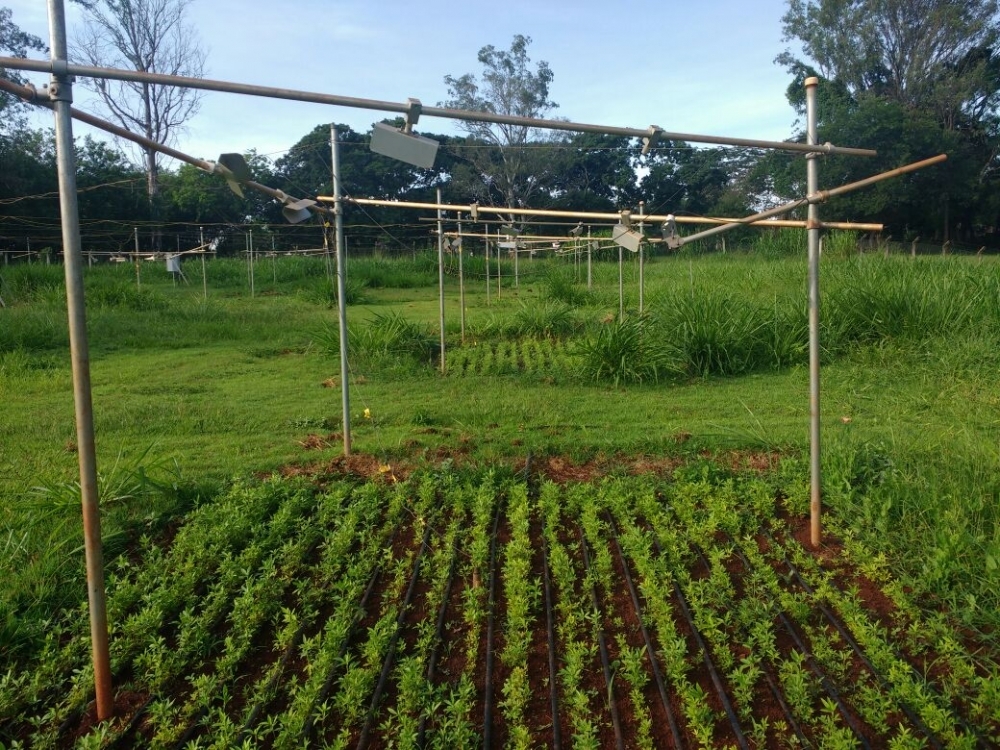
Researchers at the University of São Paulo conducted field experiments to estimate the impact of drought and rising temperatures on soil quality and plant health.

When researchers reanalyzed datasets from more than 1,000 patients, they found differences between men and women in the expression of genes associated with the functioning of immune cells and the production of inflammatory molecules. The findings point to possible targets for treatment of both sexes.
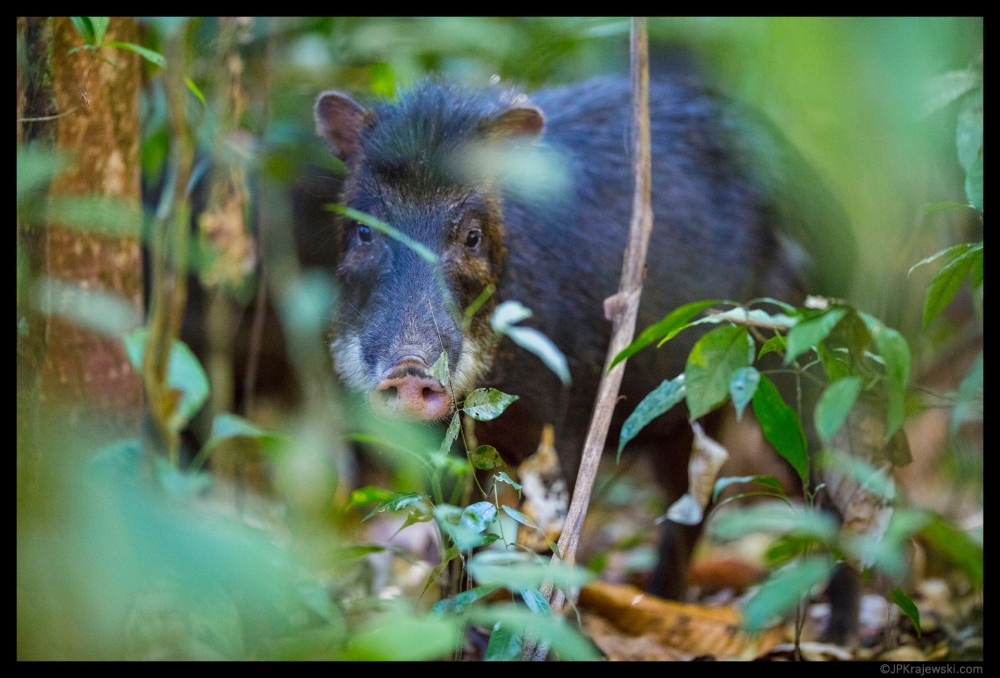
A study conducted by scientists at São Paulo State University demonstrates that animals like peccaries and tapirs boost soil levels of nitrogen, an essential element to plant growth.
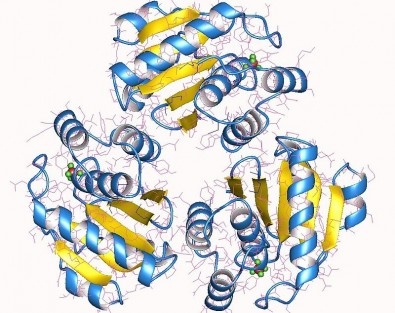
After 14 years studying the action of the enzyme LMWPTP in tumor cells, Brazilian researchers conclude that the molecule is associated with chemotherapy resistance and metastasis.

Open-access atlas created by researchers at the University of Campinas provides information on 2,176 human and 3,277 mouse housekeeping genes that can be used as calibrators in experiments designed to measure variations in gene expression.

The researchers used modeling to show which areas are suitable in terms of forest cover and climate for occupation by the endangered species, which is endemic to the state of São Paulo. Their study is a contribution to translocation initiatives that move groups of these animals to areas from which the species has disappeared.
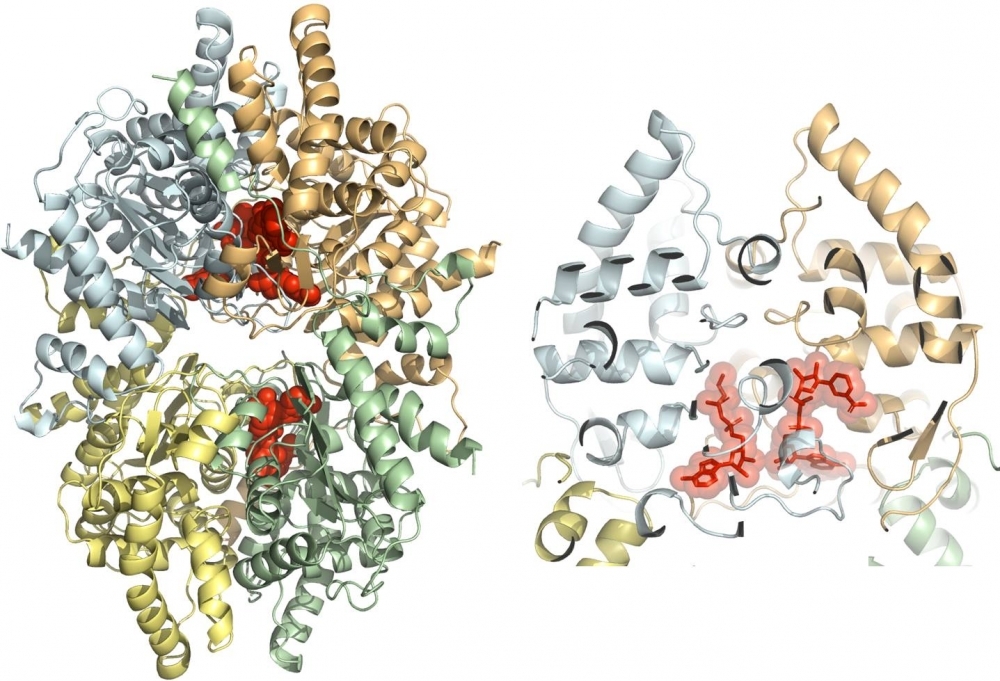
Discovery by Brazilian scientists paves the way for the study of more potent molecules capable of directly destroying parasites underlying elephantiasis and cutaneous leishmaniasis, with fewer adverse side-effects.
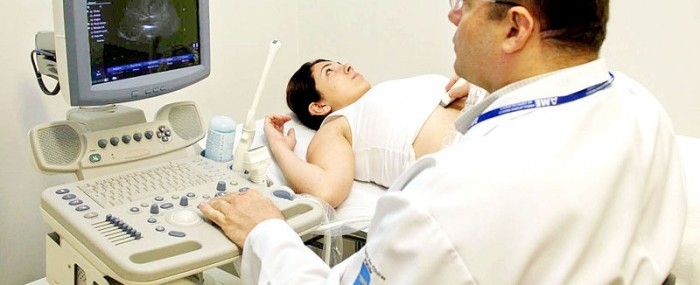
Technology to manage hospital flows is being tested by health units in metropolitan São Paulo.

Fast-track project selection and the capacity to make efficient use of resources and cross-border partnerships have made funders fundamental to the response to the challenges of COVID-19 in the Americas, according to participants in the GRC’s regional meeting.